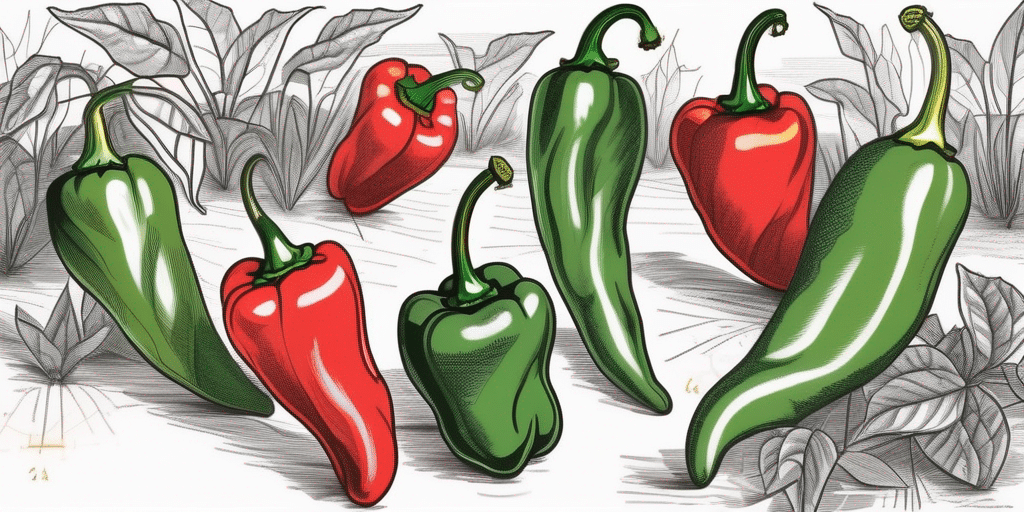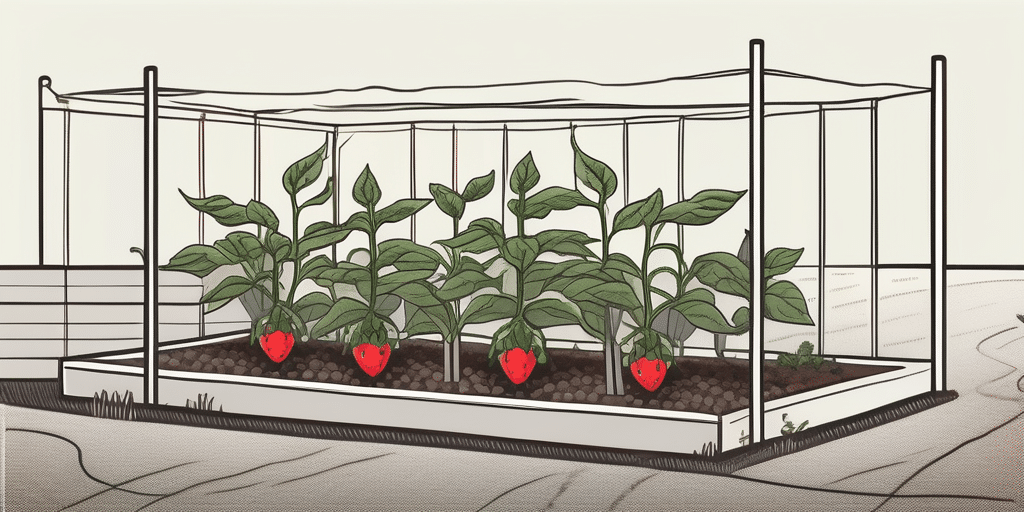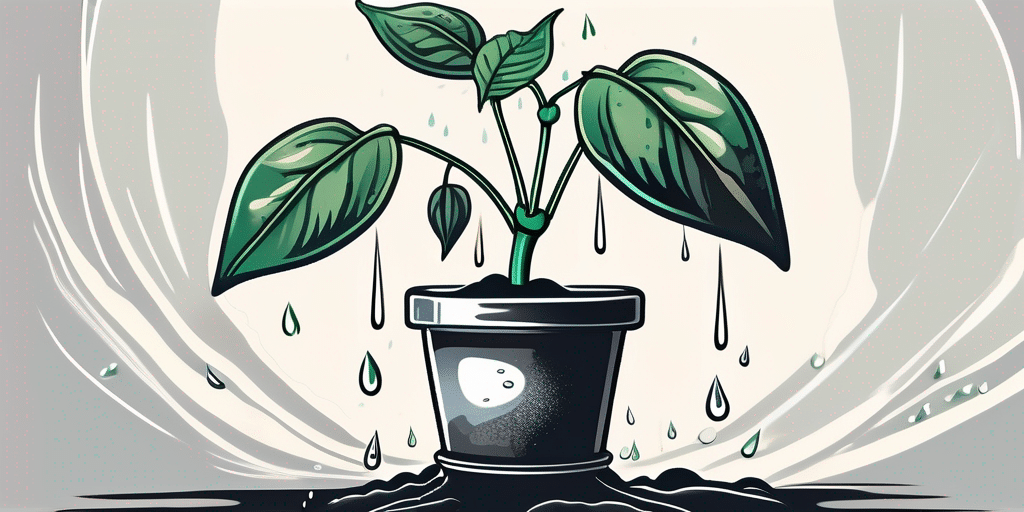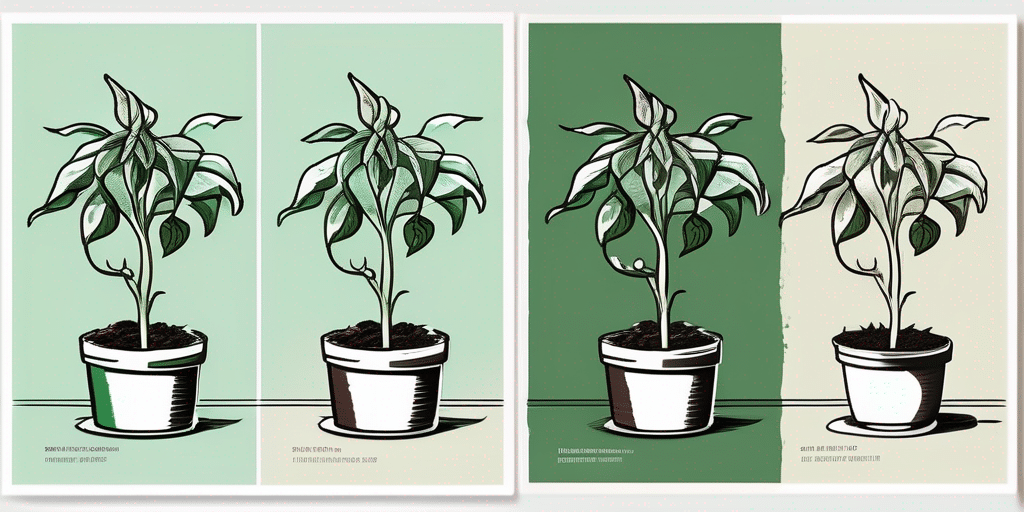Flamingo peppers, known for their vibrant pink color and unique flavor, are a delightful addition to any garden. Whether you’re a seasoned gardener or just starting out, this guide will provide you with all the necessary information to successfully plant and grow flamingo peppers. Let’s dive into the world of flamingo peppers!
Understanding Flamingo Peppers
Flamingo peppers, scientifically known as Capsicum annuum ‘Flamingo’, are a type of sweet pepper that stands out due to their distinctive pink color. They are not only visually appealing but also packed with vitamins A and C, making them a healthy choice for your diet.
Flamingo peppers are relatively easy to grow, making them a popular choice among gardeners. They are a warm-season crop and thrive in well-drained soil with plenty of sunlight. Now that we have a basic understanding of these peppers, let’s move on to the planting process.
Preparing for Planting
Choosing the Right Location
Flamingo peppers require full sun, meaning they need at least six hours of direct sunlight each day. Therefore, choosing the right location for planting is crucial. A south-facing garden is typically the best choice.
Additionally, these peppers prefer well-drained soil. If your garden tends to retain water, consider planting your peppers in raised beds or containers to improve drainage.
Preparing the Soil
Flamingo peppers thrive in well-drained soil with a pH between 6.0 and 6.8. You can test your soil’s pH using a soil test kit, which is readily available at most garden centers. If your soil is too acidic or alkaline, you can adjust it using lime or sulfur, respectively.
Before planting, enrich your soil with organic matter like compost or well-rotted manure. This will improve soil fertility and structure, promoting healthy growth.
Planting Flamingo Peppers
Now that we’ve prepared the soil and chosen the right location, it’s time to plant our flamingo peppers. Here’s a step-by-step guide:
- Start by digging a hole that’s twice as wide and the same depth as the root ball of your pepper plant.
- Place the plant in the hole, making sure the top of the root ball is level with the soil surface.
- Backfill the hole with soil, firming it gently around the base of the plant.
- Water the plant thoroughly.
- Repeat this process, spacing each plant about 18-24 inches apart. This allows enough room for the plants to grow without competing for resources.
Caring for Flamingo Peppers
Watering and Fertilizing
Flamingo peppers need regular watering, especially during dry spells. However, avoid overwatering as this can lead to root rot. A good rule of thumb is to water when the top inch of soil feels dry to the touch.
As for fertilizing, apply a balanced vegetable fertilizer every 4-6 weeks during the growing season. This will provide the necessary nutrients for your peppers to thrive.
Pest and Disease Management
Like any other plant, flamingo peppers can be affected by pests and diseases. Common pests include aphids, cutworms, and pepper maggots. Regular inspection and early intervention can help keep these pests at bay.
As for diseases, flamingo peppers can be susceptible to bacterial spot, blossom end rot, and pepper mottle virus. Proper plant spacing, regular watering, and good sanitation practices can help prevent these diseases.
Harvesting Flamingo Peppers
Flamingo peppers are typically ready to harvest 75-80 days after planting. They should be bright pink and firm to the touch. To harvest, simply cut the peppers off the plant using a sharp knife or pruners, leaving a small portion of the stem attached.
Remember, the more you harvest, the more peppers your plant will produce. So don’t be shy about picking those peppers!
Conclusion
Planting flamingo peppers can be a rewarding experience, providing you with a bountiful harvest of vibrant, tasty peppers. By following the steps outlined in this guide, you’ll be well on your way to growing your own flamingo peppers. Happy gardening!
Join Our Gardening Community
Ready to take your gardening skills to the next level? Subscribe for free to How to Grow Everything and learn how to build the garden of your dreams! With personalized advice tailored to your location, grow zone, and experience, you’ll receive the best gardening tips and special offers directly to your inbox. Join our family of gardening enthusiasts and enjoy thousands of free articles to help your flamingo peppers, and all your plants, thrive. It’s 100% free – from our family to yours.






